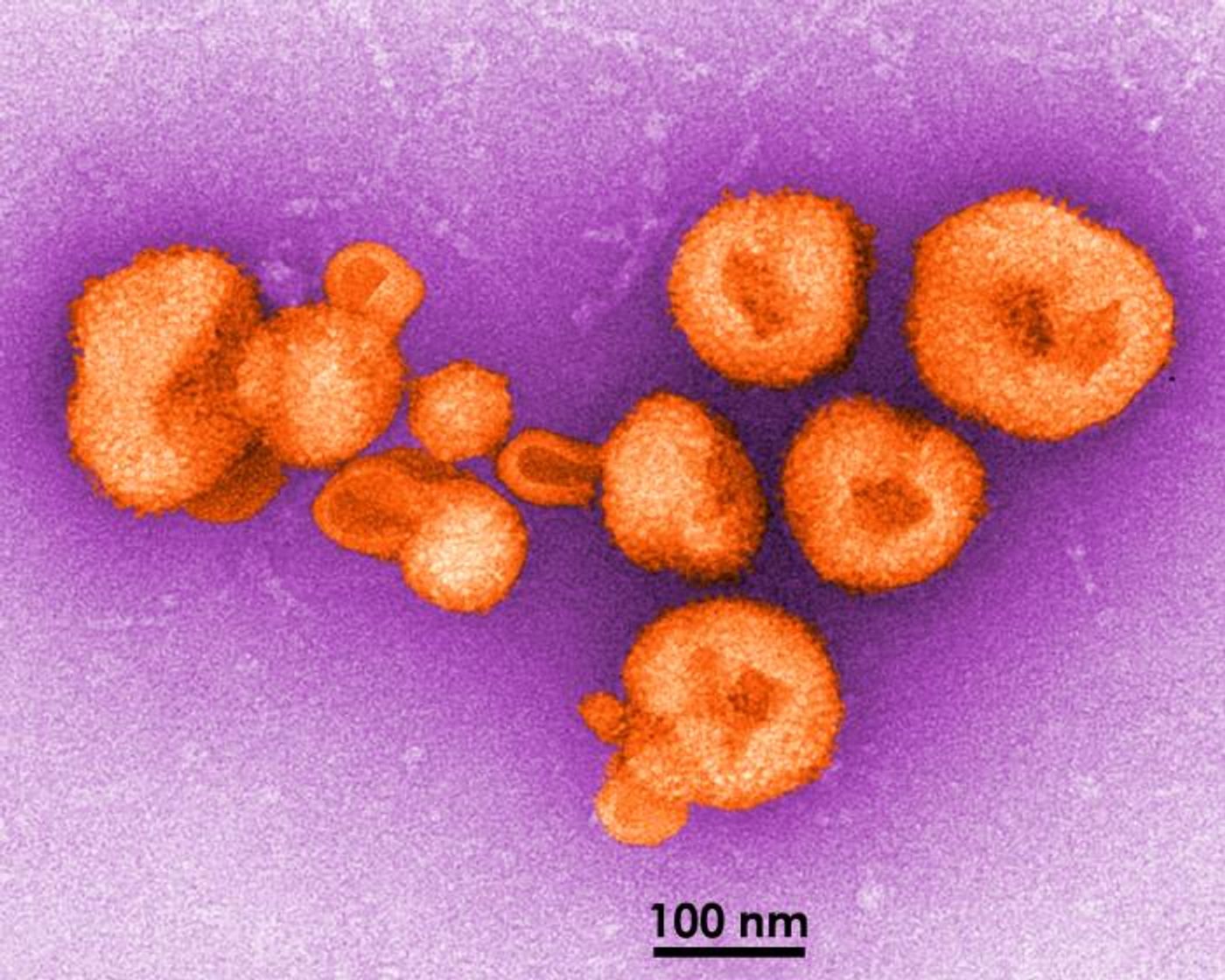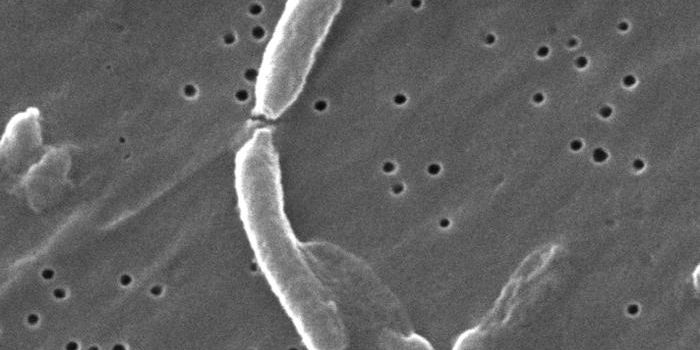Bolivian Health Care Workers Sickened in Outbreak of Chapare Virus
Five people in Bolivia are known to have been infected with the Chapare virus, which causes hemorrhagic fever. Some infected individuals went on to pass that virus to healthcare workers, and some of those healthcare workers later died. This evidence of spread in a healthcare setting suggested that people should remain vigilant for other outbreaks in the future. Presented at the annual meeting of the American Society of Tropical Medicine and Hygiene (ASTMH), the research also indicated that rodents may be carriers that can spread the virus to other animals or humans.
Before this, the virus was only confirmed to have infected one person in 2004 in the Chapare Province of Bolivia, and the 2019 outbreak came as a surprise. Infectious disease experts quickly began to investigate it; they collected samples from the patients and developed a diagnostic test.
"Our work confirmed that a young medical resident, an ambulance medic, and a gastroenterologist all contracted the virus after encounters with infected patients--and two of these healthcare workers later died," said Caitlin Cossaboom, DVM, PhD, MPH, an epidemiologist with the CDC's Division of High-Consequence Pathogens and Pathology. "We now believe many bodily fluids can potentially carry the virus."
Since human to human transmission has been confirmed, Cossaboom said that anyone dealing with suspected cases has to take extreme precautions, and avoid potentially contaminated body fluids, but the exact route or routes of transmission are still unknown.
Chapare virus is an arenavirus, a group that includes other deadly viruses like the Lassa virus, which occurs in West Africa, and Machupo virus, which occurs in Bolivia. Patients with Chapare may suffer fever, abdominal pain, bleeding gums, skin rash, vomiting, and pain behind the eyes. There is no treatment for the virus, only supportive care.
Scientists still don't know exactly where the Chapare virus came from, how people are infected or how likely it is that other outbreaks will occur in Bolivia or other places. Some animals were collected from the area in the vicinity of the latest outbreak, rodents called pigmy rice rat and the small-eared pigmy rice rat, which turned out to carry the virus, but this does not show that they are its source, noted Cossaboom. It's only one piece of the puzzle.
"The genome sequence of the RNA we isolated in rodent specimens matches quite well with what we have seen in human cases," added Cossaboom.
It's also possible that the virus has been circulating in Bolivia for a few years but has been misidentified as dengue, which is common and has similar features.
The 2019 Chapare outbreak was confronted with current genetic technologies so scientists could sequence the viral DNA and create a diagnostic test for it. Now the researchers will use this data to monitor for the virus and try to determine if rodents are the vectors responsible for spreading it to people.
"While there is still much that remains unknown about Chapare virus, it's commendable how quickly this team was able to develop a diagnostic test, confirm human-to-human transmission and uncover preliminary evidence of the virus in rodents," said ASTMH President Joel Breman, MD, DTPH, FASTMH. "It's a valuable lesson that international scientific teams, equipped with the latest tools and freely sharing their insights, are our best front-line defense against the disruptive threats of deadly infectious diseases."
Sources: AAAS/Eurekalert! via American Society of Tropical Medicine & Hygiene









